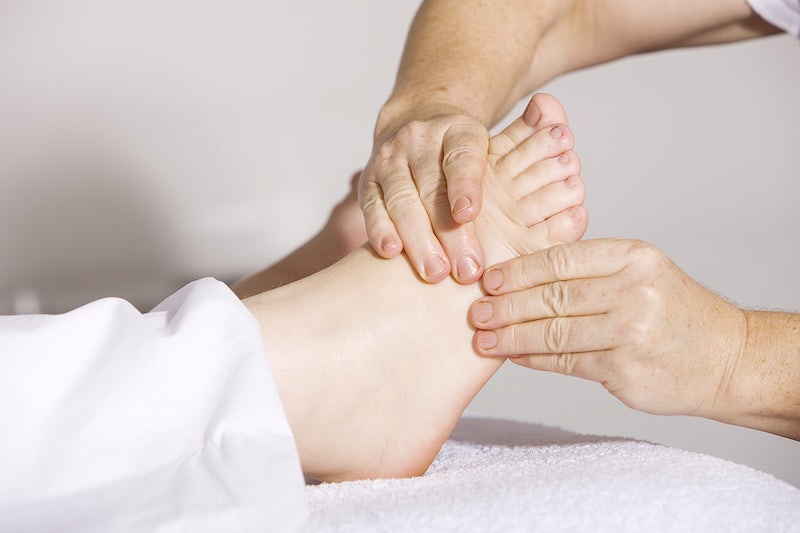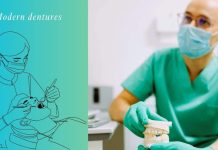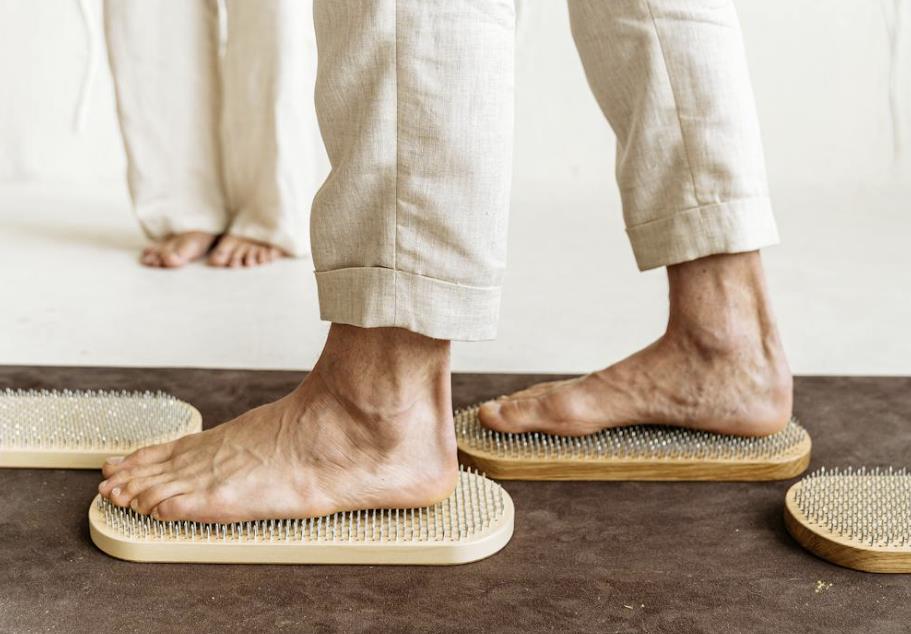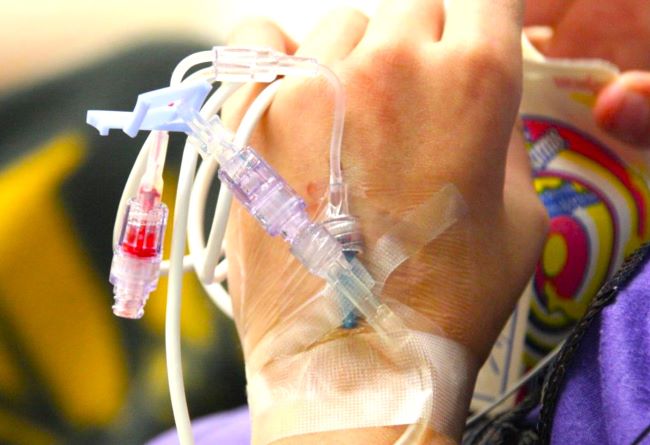There are lots of benefits to reflexology in pregnancy. As you know, during pregnancy, women suffer from a range of ailments, ranging from pain in the lower back to swollen feet, depression & anxiety, insomnia, and tiredness.
The evidence from personal experience suggests that reflexology in pregnancy is a great way to keep you comfortable and improve your quality of life during pregnancy. Reaching out to offer the comforting, stress-reducing massage of reflexology demonstrates that you are concerned.
The concerns of pregnant women differ throughout their pregnancy, so set the right goals for each exercise. For instance, your session could focus on general relaxation or easing lower back pain. Apply the techniques to the reflex zones that are indicated on the right foot or hand first before proceeding to work on the left.
Reflexology in pregnancy is safe and effective throughout pregnancy, including the first trimester, so long as you adhere to the following guidelines:
-
Apply a gentle touch and begin with a small duration only. Gradually build up until there isn’t any discomfort.
-
Don’t work on one reflex area for lengthy periods.
-
Concentrate on the area of the kidneys that is reflexive to aid in the detoxification of waste from your body.
-
The self-help method of golf ball rolling the hands alleviates pain and aids in the process of birthing.
-
Talk to your doctor if have any questions regarding reflexology.
Related Reading: Reflexology – Ancient Egyptian Way to Get Rid of Diseases
Fluid Retention
Fluid retention causes swelling of the feet that can cause discomfort. To address this issue, follow the steps listed below.
Treat these areas as a preventive option or to decrease the swelling that is present; do this until the foot’s fluid is gone. In this instance, apply the techniques to the reflex areas and the other areas that are swollen on the feet.
Lower back pain weight gain during pregnancy and a shift in the balance point to the fact that some women experience lower back pain. Regularly applying the techniques can be helpful as preventive measures and could alleviate any discomfort.
-
Apply the rotating-on-a-point technique to relieve tension in the hips and spine. Place your index finger in a new position and repeat the process. Then, you must walk your thumb repeatedly over the tailbone’s reflex to massage the sacral vertebrae. Place your thumb back and repeat. To ease discomfort within the back of your lower back, massage the back’s lower reflex zones extensively. Do several passes, particularly in cases of swelling. Utilize the index finger of your hand to move around the ankle bone and through the sciatic and hip nerve reflex zones. To activate the pituitary reflex area, put your thumb on the thumb part of your working hand. Utilize the point of your index finger to press on the center of your thumb repeatedly.
-
Next, perform a series of finger-walking moves across the thumb in order to activate the reflex areas that are related to the brain, the head thyroid, the parathyroid, and the head.
-
Find the reflex of the zone of the adrenal gland by placing the index finger into the middle of the palm’s fleshy surface, about midway down the long bone, below the thumb. The region is abrasive. Repeat the pressure.
-
Now, walk through the pancreas reflex zone using the thumb that is working.
-
Find the ovary reflex region using the index fingers. By using the technique of rotating at a point, repeat the circle clockwise and counterclockwise.
-
Pinpoint the uterus reflex. Again, employ the technique of rotating on a point by circling the hand in a clockwise direction and then counterclockwise.

Reflexology in pregnancy: As you know, during pregnancy, women suffer from a range of ailments, ranging from pain in the lower back to swollen feet, depression & anxiety, insomnia, and tiredness. Photo Credit – Raw Pixel






